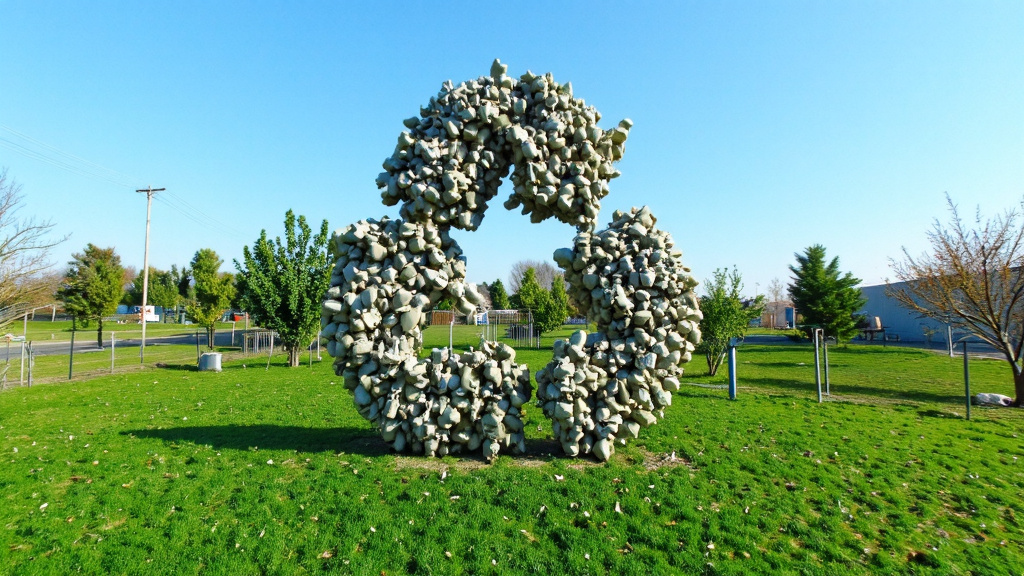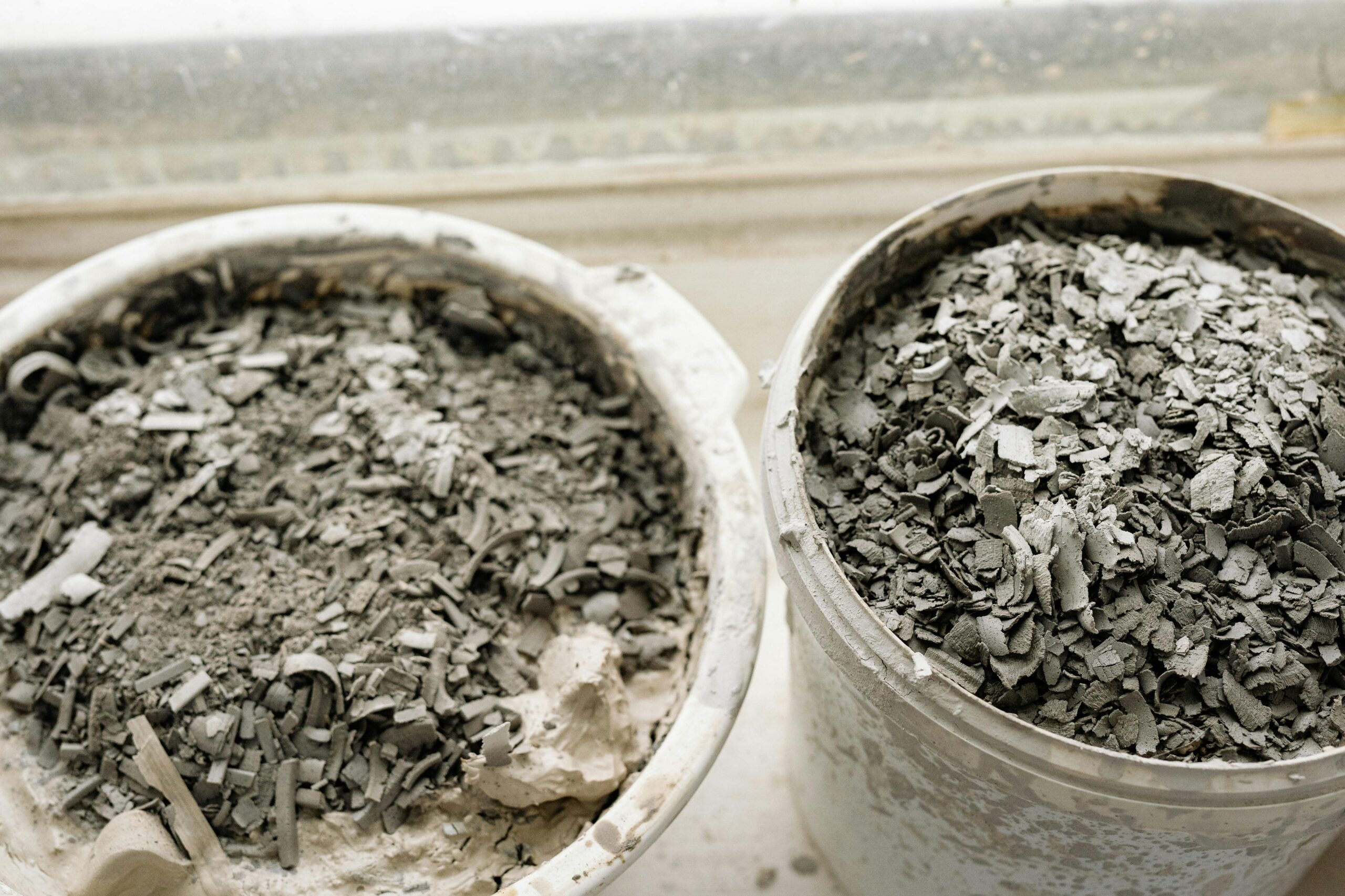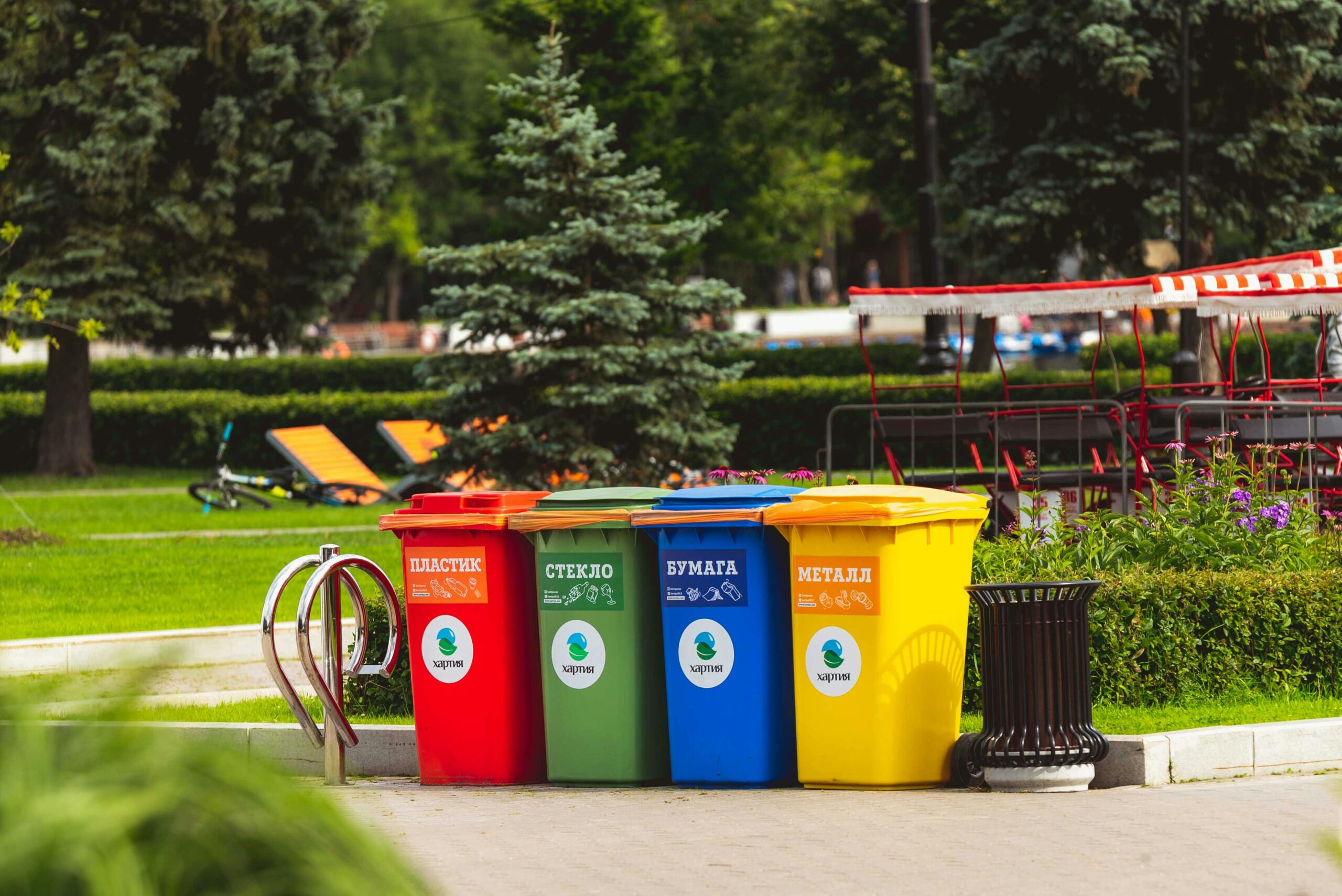5901 Botham Jean Blvd, Dallas, TX 75215
What is Recycling Concrete and Metal Together?
June 12, 2025Construction and demolition projects generate significant waste daily. Among these materials, concrete and metal are valuable resources that can be recovered rather than discarded. Recycling concrete and metal involves a specialized process that separates and repurposes these materials after structures are demolished.
When buildings are demolished, concrete waste is crushed into smaller pieces using industrial equipment. The process simultaneously extracts embedded metal components like steel rebar through magnetic separation. Each material then follows its own recycling path. This practical approach diverts tons of construction debris from landfills.
The environmental benefits extend beyond waste reduction. Recycling these materials decreases the need for mining new raw materials, lowers energy consumption, and reduces carbon emissions associated with manufacturing new construction products. The recovered materials find new life in road base, building foundations, and various metal products.
How Does the Recycling Process Work?

The concrete recycling process involves several steps to transform waste concrete into reusable materials, ensuring the final product meets construction quality standards.
Collection and Transportation
The process begins with collecting concrete waste from demolition sites, construction projects, and renovation areas. Crews gather broken concrete pieces and load them onto trucks for transport to recycling facilities.
Initial Crushing
At the recycling facility, large concrete chunks enter primary crushers. These powerful machines break down concrete into smaller, manageable pieces. Jaw crushers often handle this initial stage, applying tremendous force to crack the rigid material.
Metal Separation
A crucial step is removing metal reinforcements. For reinforced concrete, powerful electromagnets pull out steel rebar and wire mesh. Workers may manually extract larger metal pieces that electromagnets miss.
Non-reinforced concrete requires less processing, making it more efficient to recycle. The removed metal is set aside for separate recycling processes.
Secondary Crushing and Screening
The concrete then moves to secondary crushers, typically impact or cone crushers, which further reduce material size. This stage produces various aggregate sizes suitable for different applications. Screening equipment sorts the crushed concrete by size using vibrating screens with different mesh dimensions.
Contaminant Removal
Water systems and air classifiers remove unwanted materials such as wood, plastic, and paper. These contaminants would compromise the quality of the recycled concrete if left in the mix. Some facilities use floating tanks where lighter contaminants rise to the surface for removal.
| Equipment | Function |
| Jaw Crushers | Primary crushing of large concrete chunks |
| Impact Crushers | Secondary crushing for finer aggregates |
| Screening Equipment | Sorting crushed concrete by size |
| Conveyors | Transporting materials within the plant |
Quality Control
Before the recycled concrete is reused, it undergoes quality testing. Technicians check for proper gradation, durability, and absence of harmful substances, verifying that it meets industry standards.
Final Sorting and Storage
The processed material is sorted into different grades based on size and quality. Recycling facilities produce various products, from fine aggregates to coarser materials for road base. The sorted materials are stored in designated piles until distribution to construction sites.
Throughout this process, specialized equipment, including conveyors, water systems, and sorting mechanisms, work together to transform waste into valuable building material. Modern recycling facilities can process hundreds of tons of concrete daily, significantly reducing the environmental impact of construction and demolition projects.
What Are the Environmental Benefits?

Recycling concrete and metal together significantly reduces the construction industry’s carbon footprint. The construction sector generates about 30% of all waste worldwide, making sustainable practices essential. When contractors recycle these materials instead of disposing of them, they directly help mitigate climate change impacts.
Conserving natural resources is a major advantage of this recycling practice. Mining for virgin metals requires extensive land disruption, while extracting aggregates for new concrete depletes finite sand and gravel resources. By recycling one ton of steel, companies save around 1,400 pounds of coal and 120 pounds of limestone.
Energy efficiency is another crucial benefit. Manufacturing new steel from raw materials consumes up to 75% more energy than producing it from recycled metal. Similarly, processing recycled concrete aggregate requires much less energy than mining and crushing new stone. This energy reduction directly translates into lower greenhouse gas emissions across the supply chain.
The impact on waste reduction is significant. Construction and demolition debris accounts for more than twice the volume of municipal solid waste in many regions. Diverting concrete and metal from landfills extends disposal facility lifespans and reduces the need for new landfill development. A typical commercial construction project can divert over 95% of its concrete and metal waste through proper recycling protocols.
This practice also supports circular economy principles in construction. Instead of following the traditional linear model of extract-produce-use-dispose, recycling concrete and metal creates a closed-loop system where materials maintain their value. Crushed concrete becomes valuable aggregate for road bases and new concrete production, while recycled metal reenters the supply chain without quality loss.
Water conservation presents an additional environmental advantage. Concrete production typically requires substantial water usage, but manufacturing with recycled aggregate can reduce water needs by up to 20%. This reduction is particularly valuable in drought-prone regions where water resources face increasing pressure.
The cumulative environmental impact is substantial. For every cubic yard of recycled concrete used, about 1,300 pounds of carbon dioxide emissions are prevented. When combined with metal recycling, a single commercial construction project can achieve carbon savings equivalent to removing dozens of cars from the road for a year.
Improved air quality results from decreased dust, particulate matter, and other pollutants associated with raw material extraction and processing. Communities near mining operations particularly benefit from expanded recycling programs that reduce demand for new materials.
Beyond the direct environmental benefits, recycling concrete and metal contributes to industry transformation. As more contractors adopt these practices, technology improvements and scale efficiencies continue to enhance the environmental benefits while reducing costs. This creates a positive feedback loop that accelerates sustainable construction adoption throughout the industry.
What Are the Challenges and Innovations?

Recycling concrete and metal together presents several significant challenges for the recycling industry. One major obstacle is the inconsistent quality of recycled materials. Concrete from different sources varies in composition, strength, and age, making standardization difficult. Similarly, metal components found in concrete structures come in various types and conditions, affecting their recyclability.
Contamination represents another substantial hurdle in the recycling process. Construction debris often arrives at facilities mixed with dirt, plastics, or potentially harmful substances. This contamination complicates the sorting process and can reduce the quality and value of recovered materials. According to research, contaminated concrete requires additional processing steps to remove unwanted elements before recycling.
The efficient separation of concrete and metal components remains one of the most pressing technical challenges. Traditional methods of separating rebar and other metal reinforcements from concrete have been labor-intensive and time-consuming, reducing the economic viability of recycling these materials together.
Technological Breakthroughs in Material Separation
Recent innovations in crushing technology have significantly improved the concrete recycling process. Advanced crushers can now more effectively break down complex concrete mixtures while preserving the integrity of embedded metal components. These machines produce more uniform recycled concrete aggregate, enhancing its suitability for reuse in construction projects.
The development of sophisticated separation technologies has revolutionized how we extract metal reinforcements from concrete. Modern recycling facilities employ systems like eddy current separators that use powerful magnets to create currents in non-ferrous metals, effectively pushing them away from concrete fragments. This technology is particularly valuable for recovering valuable metals such as aluminum and copper from mixed waste streams.
Optical sorting systems represent another breakthrough in concrete and metal recycling. These systems use advanced cameras and sensors coupled with artificial intelligence to rapidly identify and sort materials based on visual characteristics. The technology can distinguish between different types of metals and concrete qualities at remarkable speeds, far exceeding human capabilities.
Expanding Recycling Possibilities
Chemical additives have emerged as a promising solution for processing previously problematic concrete mixtures. These additives help break down stubborn or complex concrete compositions, making them more amenable to recycling processes. This innovation has expanded the range of concrete types that can be effectively recycled.
Integrated multi-technology systems are becoming the standard in advanced recycling facilities. These comprehensive setups combine multiple sorting technologies to address the diverse challenges of concrete and metal recycling. A typical system might use magnets to remove ferrous metals, followed by eddy current separation for non-ferrous metals, and finally optical sorting for the remaining materials.
Ongoing research is focused on developing more efficient methods for processing reinforced concrete. Scientists are exploring thermal and mechanical processing techniques tailored to specific types of concrete waste. These specialized approaches adapt to different compositions and improve the overall quality of the recycled aggregate while making metal recovery more complete.
The field continues to evolve with promising developments in sensor-based sorting technologies. These innovations can detect different material properties beyond visual characteristics, creating new possibilities for more precise separation of concrete and metal components even when they are tightly bonded or degraded.
While challenges remain, the rapid advancement of these technologies signals a positive direction for concrete and metal recycling. Each innovation brings us closer to more sustainable and economically viable recycling processes that can handle increasingly complex waste streams.
These technological improvements not only enhance material recovery rates but also improve the quality of recycled products. As a result, recycled concrete and metal are becoming more valuable and finding wider applications in new construction projects, supporting the transition to a more circular economy in the construction industry.
| Technology | Application | Advantages | Limitations |
|---|---|---|---|
| Conventional Jig | Separation of concrete, brick, and gypsum particles | High particle concentration (90-92%), excellent mass recovery (82-92%), uses water as medium | Requires water treatment and recycling, higher operational costs |
| Air Jig | Dry separation of concrete, brick, and gypsum | No water usage, good concentration (80-90%), reasonable mass recovery (68-82%) | Lower separation efficiency than conventional jig, requires coarser particle sizes |
| Sensor-Based Sorting | Optical separation using CCD cameras | Excellent particle concentration (93-99%), high precision for coarse materials | Requires multiple processing stages, lower efficiency for fine particles, higher investment costs |
| Magnetic Separation | Removal of ferromagnetic materials | Effective for extracting steel rebar, extends equipment life, simple operation | Limited to ferromagnetic metals, requires complementary technologies for non-magnetic metals |
| Eddy Current Separation | Non-ferrous metal recovery | Effective for aluminum and copper recovery, complements magnetic separation | Less effective for small particles, requires pre-processing |
Conclusion: The Future of Concrete and Metal Recycling

Recycling concrete and metal together is a transformative approach to sustainable construction. Integrating circular economy principles into the construction industry is quickly becoming essential. As recycling technologies advance and industrial symbiosis becomes more common, processing these materials will become more efficient and cost-effective.
The construction sector is shifting toward a circular model where materials retain their value through multiple life cycles. Regulations like the EU Construction and Demolition Waste Protocol, which mandates 70% recycling rates for non-hazardous construction waste by 2025, are driving innovation in sustainable construction materials. These policies, along with growing environmental awareness, are creating strong incentives for industry-wide adoption.
For your recycling needs and to learn more about participating in this sustainable transformation, contact Okon Recycling at 214-717-4083.
